Despite the unstoppable push toward the end of the ICE (internal combustion engine) age, don’t expect to see the market for 12-volt batteries flatten – indicators point to a healthy future.
This is something that’s echoed by the chairman of the Consortium for Battery Innovation (CBI), Dr. Christian Rosenkranz who outlines a positive future for lead batteries. In fact, he predicts a high-growth performance for lead-acid types over the coming years and sees them vital for a decarbonised future.
“Lead batteries will deliver a low carbon future,” said Rosenkranz.
“As is already well documented, lead batteries enable clean mobility in start-stop and micro-hybrid vehicles. As such, it is predicted that the global demand for 12V battery technology will increase by 236 million batteries by 2040 – an increase of 63% in 20 years.
“And with vehicles representing more than 30% of final energy consumption in Europe, the transition to an energy-efficient, decarbonised transport sector is central to achieving its climate change targets”.
Battery firm Exide concurs: “This transition towards electrification will continue, even if at the moment, looking at Europe, it is experiencing very differing realities from country to country.
“Today, we have something like a ‘two-speed Europe’, where the north is further ahead than the south. In any case, it is clear that the transition has begun and this presents us with new challenges and a new role for the 12-volt battery.
“The role in combustion cars is fundamentally linked to starting the engine and maintaining increasingly complex and energy-intensive electronic systems. Its main scope in hybrid and electric cars is related to safety requirements”.
The UK’s role
It’s estimated that the UK replacement market is worth around 4.5 million units annually and since the advent of start-stop, the emergence of AGM and EFB batteries has continued to gain momentum.
Indeed when it comes to Banner GB, AGM (Absorbent Glass Mat) types are now the second most popular seller, the company says. But as vehicle electrical systems have become more complex over the decades, not only have battery designs followed suit but then so have their installations.
However the flip side is that the once simple task of replacing a starter battery is no longer a quick small workshop – let alone a DIY – job because in many cases the replacement now needs to be fully integrated and programmed into the electrical system.
“Quite simply, the most important thing to remember is that when fitting a battery it should always be done so on a like-for-like basis. AGM for AGM and EFB (Enhanced Flooded Battery) for EFB,” said Banner.
“In essence, EFB and AGM batteries are based on totally different technologies and designed to cycle at different rates over their predicted lifespan. Should an EFB be incorrectly fitted to an AGM application requiring greater power performance, it would degrade much quicker.
“Additionally, battery location in certain vehicles can add to the complexity of the fitting procedure and this is another reason why they are better installed by a qualified technician.”
Batteries will last longer
That’s if the battery requires replacement. Today’s box of sparks can last for a good many years even after the warranty period yet according to ADAC (Allgemeiner Deutscher Automobil-Club, Europe’s largest automobile association), a third of breakdowns involve either a discharged or defective battery.
LKQ Euro Car Parts marketing director Colin Cottrell said: “More than 40% of breakdowns every year in the UK are caused by a faulty battery, and every year thousands of vehicles are towed off to fix a problem that could have been prevented.
“Battery testing doesn’t take long to do and presents a win-win scenario for the technician: if the battery is in good shape then the customer can rest assured that they won’t be caught short, but if the battery is on its way out, the likelihood is that the customer will pay to have it replaced.
“Engaging customers in the process will go a long way towards building trust – and with statistics showing that one in three vehicles entering a workshop requires a new battery, it also represents huge earning potential.” Its ‘Test to Earn’ initiative encourages garages to test batteries as standard whenever any vehicle is bought in for servicing and repair.
“Quite simply all garages and workshops should test every single vehicle that enters their premises”, urges Banner. “Not only is it a duty of care to the customer, it can often result in an opportunity to deliver an improved revenue stream. Plus, given the simplicity of how today’s battery testers operate, it is a straightforward and easy discipline to adopt.
“Furthermore, it is not just a case of using such technology to provide feedback as to the health of the battery, modern testers go beyond that by having the capability to test the status of the complete charging system”.
Latest tech
The company recently launched its latest generation heavy-duty tester – the BBT HD1+. It’s designed to be ultra user friendly and ideally suited to the intensive demands of a busy garage or vehicle service environment.
The BBT HD1+ serves to test the voltage (including internal resistance in mΩ) and charging-starting status of 6V and 12V batteries, including temperature compensation, without overburdening both new and used standard, AGM or GEL batteries, with a full report information displayed on the illuminated LCD display.
This serves to detail measured values that can be used by the technician to discuss with the customer. All of the test information, such as the battery’s state of health and state of charge can also be printed out using the HD1+’s integrated graphics printer.
With their latest technology camouflaged by quaint old school hard rubber casings, the classic car battery scene remains fully charged says Lincon.
The company makes its own bespoke batteries at its Southend-On-Sea factory for enthusiasts who don’t wish to spoil the appearance of an original engine compartment with a modern sealed design. And are more than willing to pay a premium price too, but this market’s ‘flat season’ doesn’t begin until winter’s over and the show season is off and running by spring.

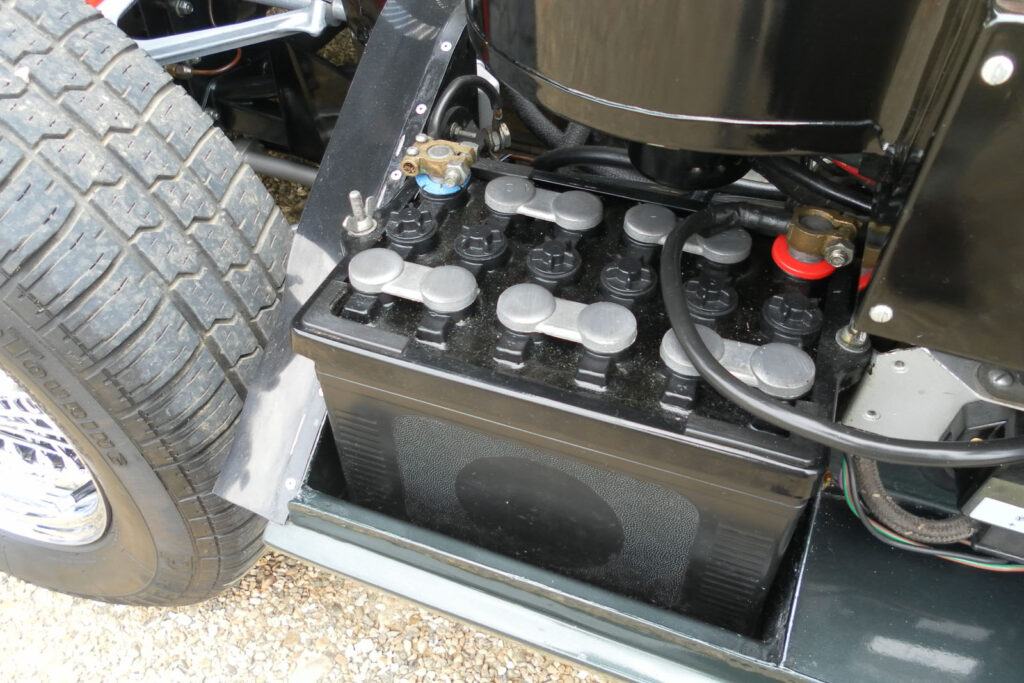
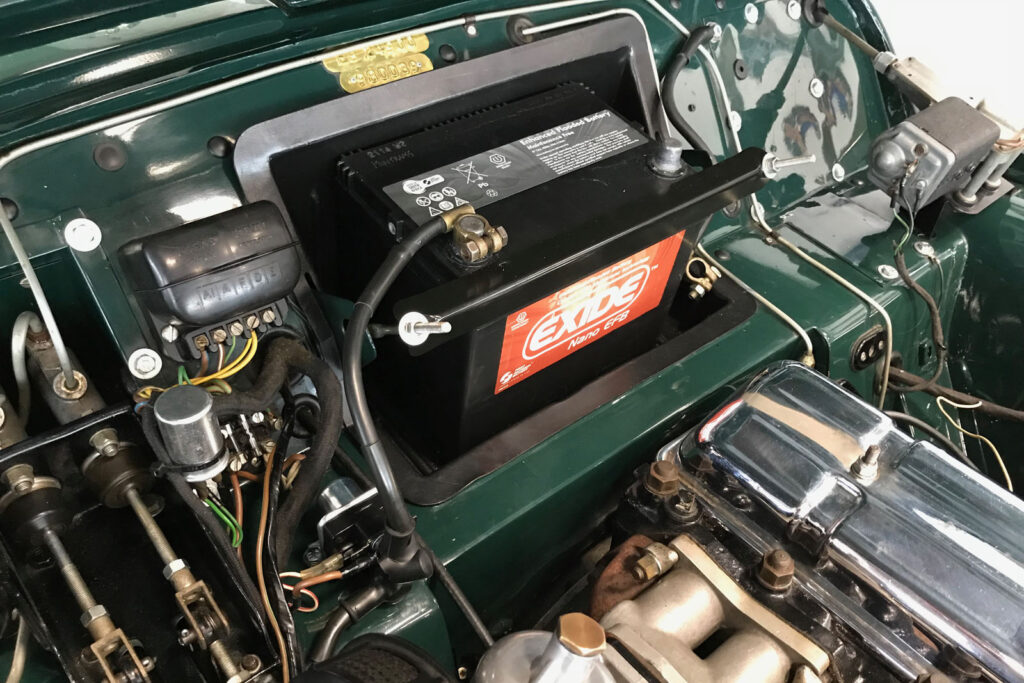
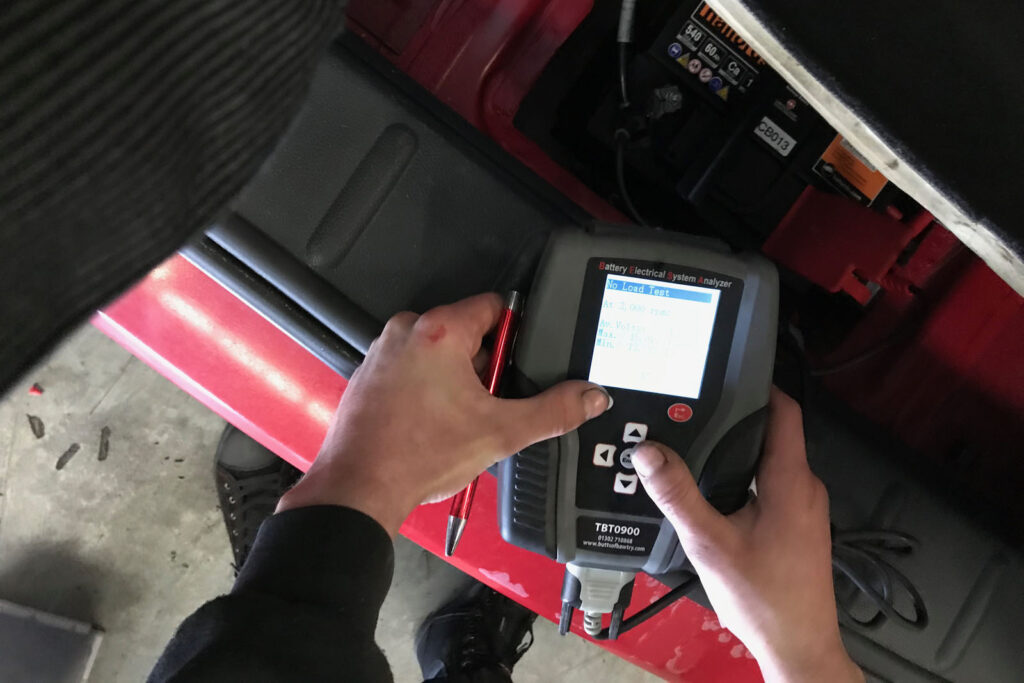
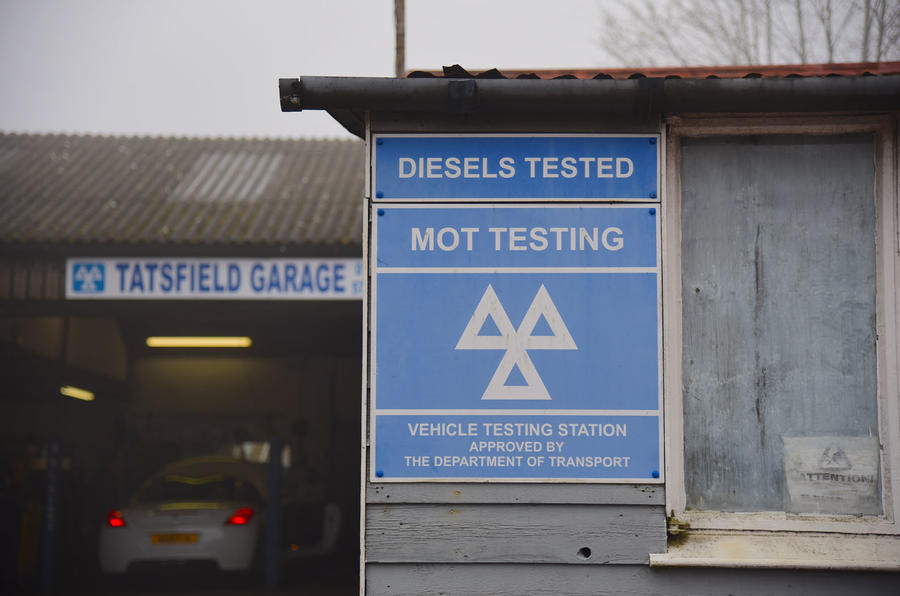
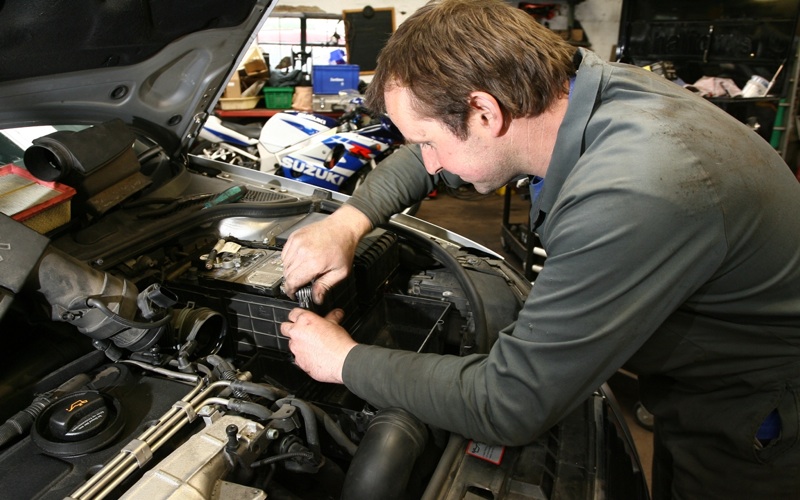

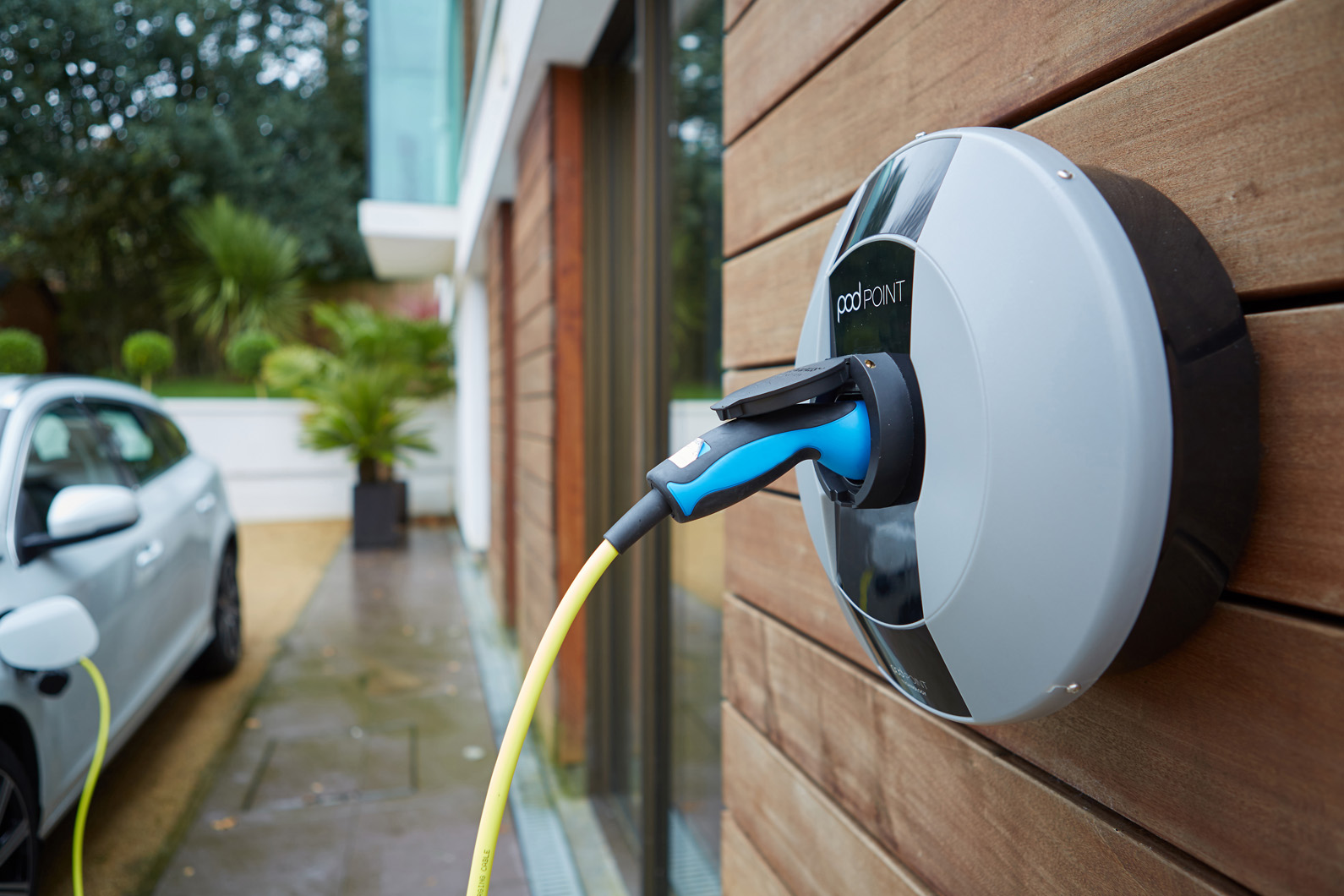






Go to comments